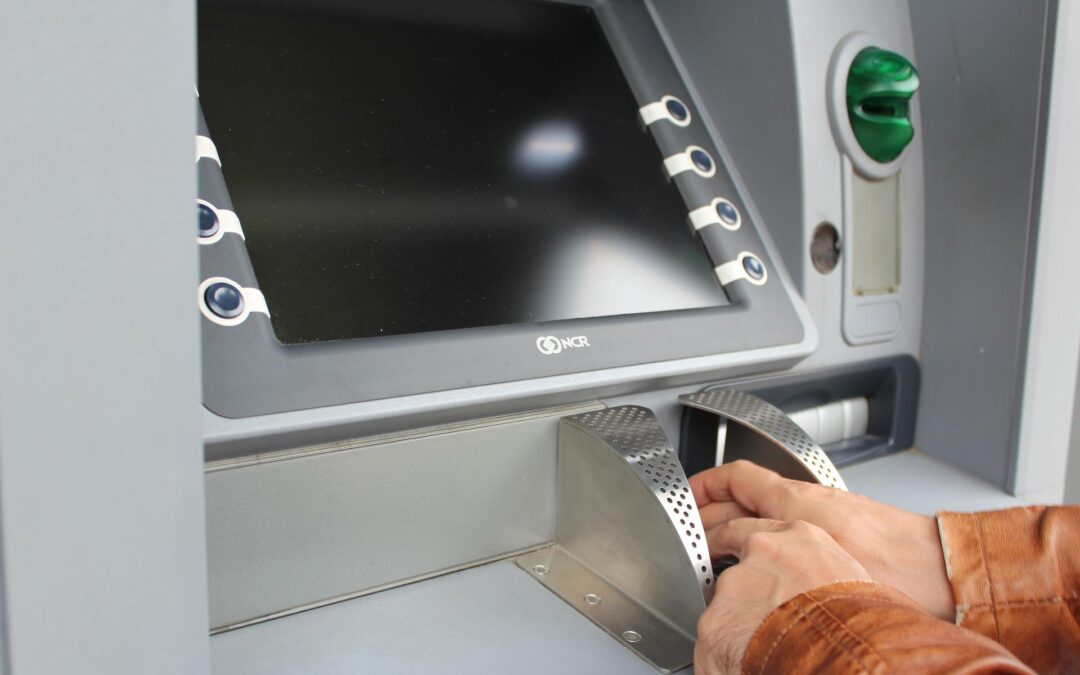The practice of ATM pooling has become increasingly popular in recent years. ATM pooling is when more than one bank transfers their ATM fleet ownership to a separate entity to oversee and operate the ATMs. This practice often results in decreased operational costs for the banks involved in the pooling agreement.
Benefits of ATM Pooling
Banks that are a part of the pooling agreement typically enjoy an increased ATM network, lower costs, and increased ATM services. It also allows banks to ensure that there is readily available access to cash throughout a wider, more diverse area. The practice of ATM pooling can have a significant impact on rural areas where there is a dearth of available financial services.
Some of the key advantages of ATM pooling include:
- Readily available actress to cash in a wider range of locations
- Increased security and ATM efficiency
- Increased ATM optimization
- Increased networking
- More modern ATMs
- Regular ATM software and hardware updates and maintenance
- Convenient 24/7 cash access
- Lower operating costs
Fintech Times writes that “Having the freedom to re-site ATMs also allows banks to respond to social pressure on maintaining access to cash.”
Additionally, Fintech Times also states that, “ATM pooling can also be integrated with the mobile channel. This gives obvious and immediate benefits to the customer in terms of a sleek customer experience, quicker transactions, and the ability to leverage mobile applications for a number of other relevant initiatives, such as mobile top up, third-party payments or other services offered by home banking.”
With many banks choosing to decrease the amount of brick and mortar stores, ATM pooling can provide a cost-effective solution to the issue of maintaining service levels and customer support while also cutting overhead.

